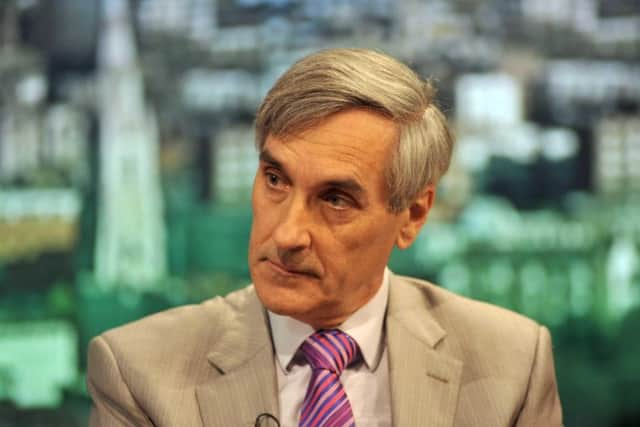How private capital can regenerate our railways – Sir John Redwood


The train companies are heavily regulated and have to conform to timetables agreed by government and constrained by what track capacity the nationalised business cares to make available.
One of the results of public ownership is a restrictive and unhelpful approach to managing railway property.
Advertisement
Hide AdAdvertisement
Hide AdIt is true that, at last, the industry has got round to transforming some of the large London stations with retail and service improvements, and to one or two of the prize City properties outside London like Birmingham New Street and, in time, Leeds.


Meanwhile much of the rest of the network fails to exploit the obvious opportunities to redevelop station properties to create proper transport interchanges with bus, taxi and private vehicles, and fails to develop the retail and service opportunities.
Worse than the failure to initiate, the railway often blocks, delays or prices out suggestions from others to improve or develop general railway property anywhere on the extensive estate.
As a train traveller, I often look out on a bleak landscape of disused sidings, weed-strewn derelict property, surplus land, under-developed and old stations.
Advertisement
Hide AdAdvertisement
Hide AdThe railway itself is one of the main barriers to a better road system, requiring expensive bridges to get roads across.
Too many level crossings present a safety issue to the railway as well as creating big delays for road traffic.
Better investment schemes could include more bridges to get traffic safely over the lines.
In my town of Wokingham, the railway blocked my proposals for a new station using private money funded by some private development of retail and café facilities on public land, only for them eventually to give into pressure to build a new station, using public money without much increase in service.
Advertisement
Hide AdAdvertisement
Hide AdHarnessing more private capital – and reuniting track and trains – would assist in creating a more positive atmosphere for station and property development.
King’s Cross and St Pancras show what can be done on a grand scale when private sector services are allowed to flourish alongside the train service. Much more could be done elsewhere.
The current railway review also needs to consider how ticketing and pricing could be improved.
The multiplicity of tickets from conventional paper through printed out pieces of paper to electronic tickets on smartphones can cause delays and complications getting through automatic ticket barriers.
Advertisement
Hide AdAdvertisement
Hide AdThe range of prices turns buying a ticket into a kind of lottery, where you could pay anything from a low price bargain to a very high price penalty-style fare depending on time of day, route and timing of your purchase of the ticket.
There is little flexibility. If on the day you wish to travel by a different train, your surcharge for switching can be disproportionate – even where you are switching to a relatively empty alternative train.
The heavily discounted bargain tickets bought in advance for non-peak travel cannot represent a good deal for the train operator, whilst the penal high fares for a peak period journey bought the same day is certainly not value for the passenger.
The fare structure is an assault course for the unwary, with great complexity leading to difficulties or discouraging potential passengers. It is time for reform.
Sir John Redwood is a Conservative MP. He was a Cabinet minister in John Major’s government.